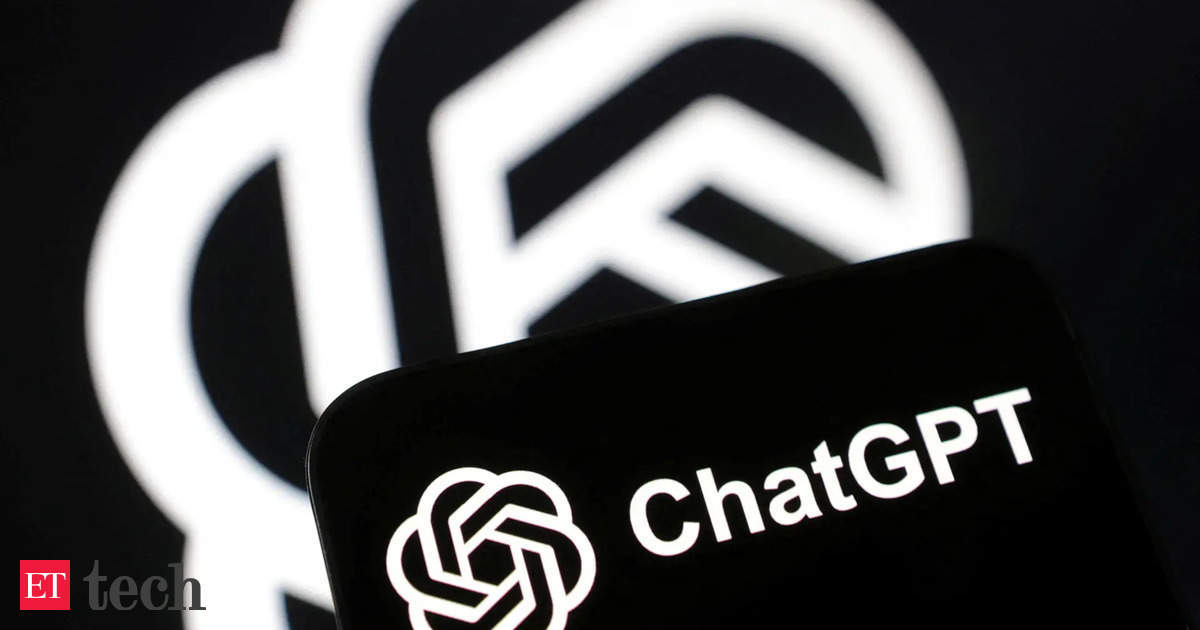ChatGPT Plus Users Experience Doubling of GPT-4 Rate Limits

OpenAI Increases GPT-4o and GPT-4-mini-high Hourly Rate Limits
New Changes to ChatGPT for Plus Users
OpenAI has recently announced an increase in the hourly rate limits for its GPT-4o and GPT-4-mini-high models specifically for users of ChatGPT Plus. This decision aims to enhance the accessibility and usability for power users of the platform. OpenAI’s CEO, Sam Altman, shared this update through a post on X, highlighting that the change comes in response to user feedback that expressed a need for more flexibility.
Transitioning to GPT-4o
As part of this update, OpenAI will transition completely to the GPT-4o model, which will replace the legacy GPT-4 model starting April 30. After this date, GPT-4o will be the default model for all ChatGPT users. This shift is a substantial move as OpenAI seeks to streamline its offerings for users and embrace the latest advancements in their technology.
Addressing Infrastructure Challenges
Despite these enhancements, OpenAI is currently facing significant infrastructure challenges. One of the primary issues is a shortage of Graphics Processing Units (GPUs), which are essential for running its artificial intelligence models effectively. Altman mentioned that the company is navigating “hard trade-offs” as it balances between various factors, including performance improvements, the introduction of new features, and system latency.
To alleviate some of these constraints and meet the increasing demand, OpenAI plans to incorporate tens of thousands of additional GPUs into its operations. The company’s growth trajectory has put considerable pressure on its infrastructure, prompting this proactive approach to enhance its capabilities.
Impacts of GPU Shortages
The GPU shortage is not unique to OpenAI but is affecting many players in the technology space, particularly those focusing on artificial intelligence and machine learning. High demand for GPUs has led to increased competition and scarcity, which in turn raises the costs and affects the availability of these critical components. As AI technology continues to advance, the industry is likely to see ongoing challenges related to hardware supply.
Some of the areas significantly impacted by GPU constraints include:
- Performance: Users relying on AI for real-time applications may experience slower response times.
- Feature Development: Introducing new features could be delayed due to the limitations in GPU availability.
- System Latency: Higher latencies could affect the overall user experience, making the platform less efficient.
Meeting User Needs
OpenAI’s recent adjustments indicate its commitment to addressing user concerns while navigating the complexities of the AI landscape. The introduction of higher hourly rate limits and the shift to a more advanced model are steps aimed at keeping the platform competitive and responsive. The company is clearly focused on understanding user feedback and accommodating their needs, particularly as the demand for AI services continues to grow.
As OpenAI moves forward, it remains engaged in managing its resources effectively while looking to expand its offerings for ChatGPT users. The future of AI and how companies adapt to these challenges will be critical in shaping user experiences going forward.





